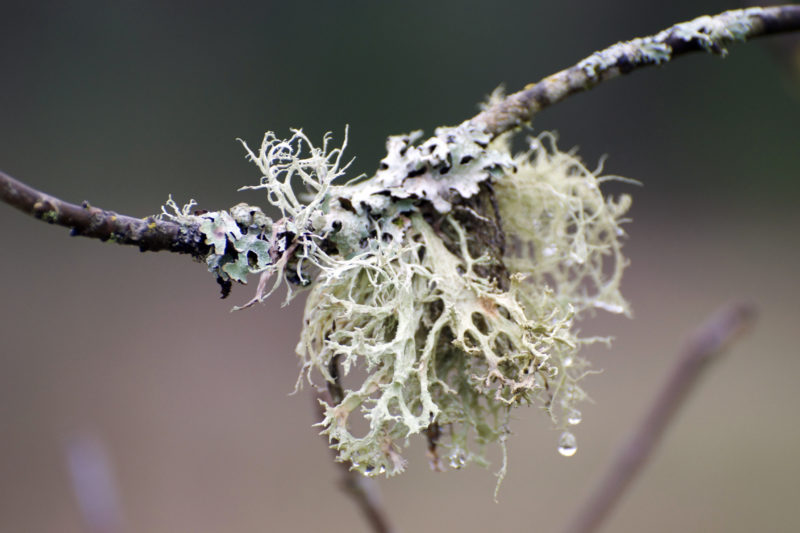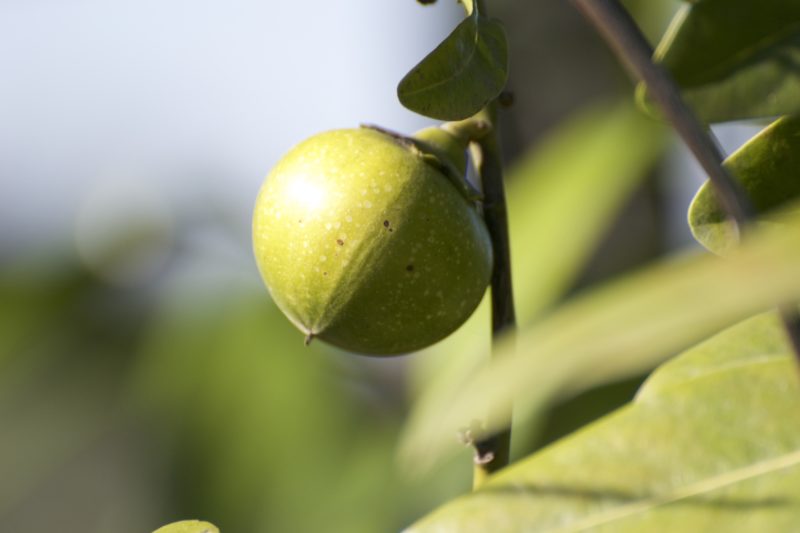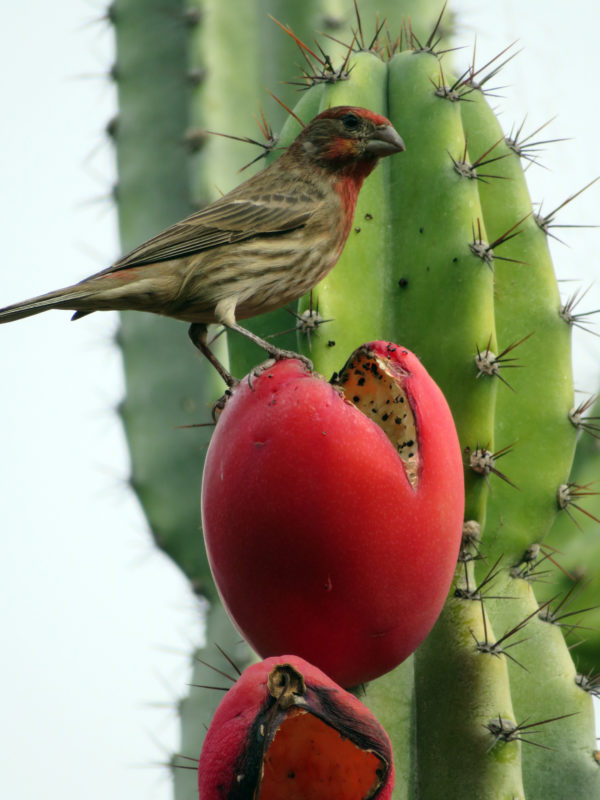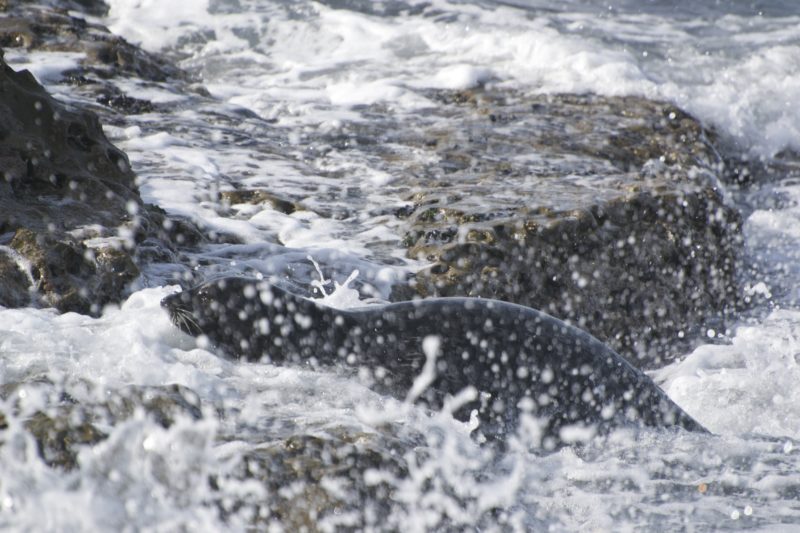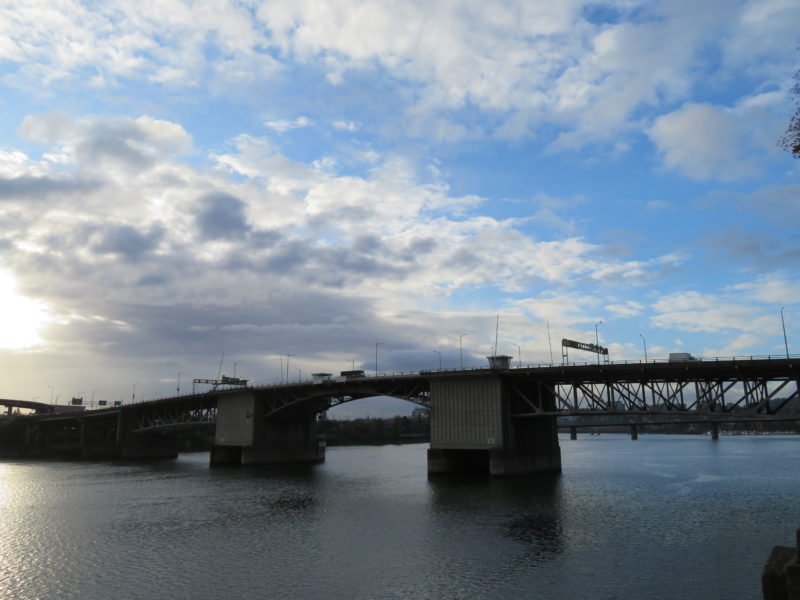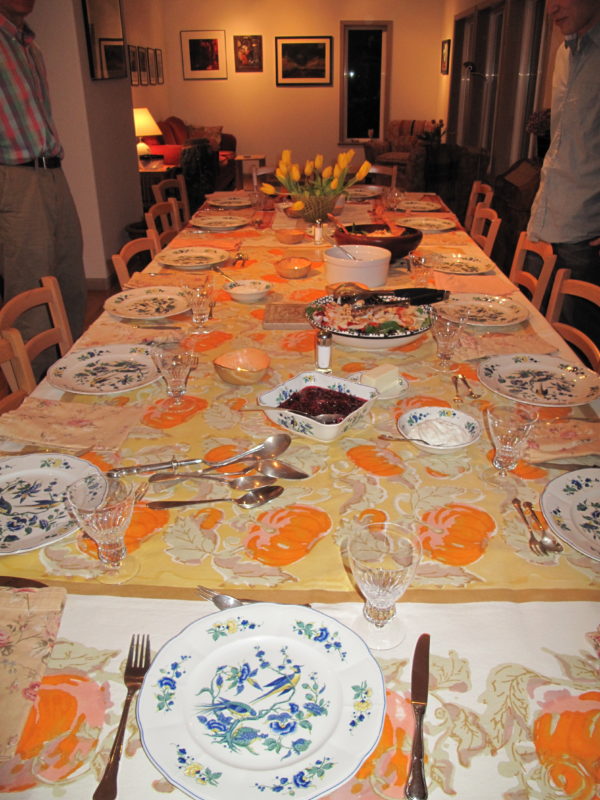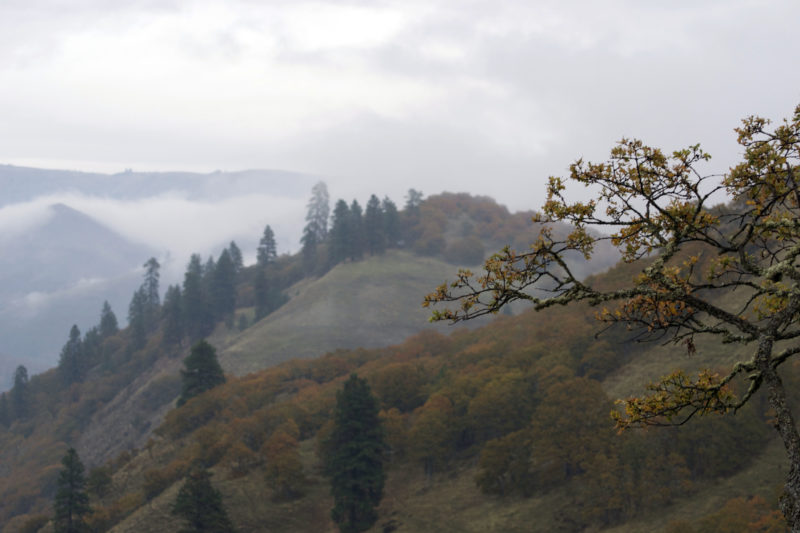
Yesterday the US celebrated Martin Luther King Day, with the usual platitudes, the usual wagging fingers from sources that otherwise spew racist sentiments quite frequently, and a president who played golf. There were also, of course, some smart articles that reminded us what the day is all about, what someone who fought in a civil rights movement with the strongest commitment and who paid with his life for it, stands for.

I selected two things as important reminders to keep an eye on during the struggle for social and political change. One is the fact that institutions are easily influenced by their leaders and one wonders how much they are impervious to change. For that I picked the blackmail letter that the FBI sent to MLK in 1964, demanding that he commit suicide unless he wanted them to publicize his extramarital affair. Yale historian Beverly Gage found the original in the national archives and commented:
in the national archives and commented:
When the Rev. Dr. Martin Luther King Jr. received this letter, nearly 50 years ago, he quietly informed friends that someone wanted him to kill himself — and he thought he knew who that someone was. Despite its half-baked prose, self-conscious amateurism and other attempts at misdirection, King was certain the letter had come from the F.B.I. Its infamous director, J. Edgar Hoover, made no secret of his desire to see King discredited. A little more than a decade later, the Senate’s Church Committee on intelligence overreach confirmed King’s suspicion.
The article below discusses the details.

The second thing we should take to heart, is a fact that King himself pointed to: racism, poverty, militarism and materialism are all intertwined. An attack on one needs to include a rejection of the other factors as well, if we want lasting, structural change. Here is a smart, short essay on the topic in the Paris Review.




